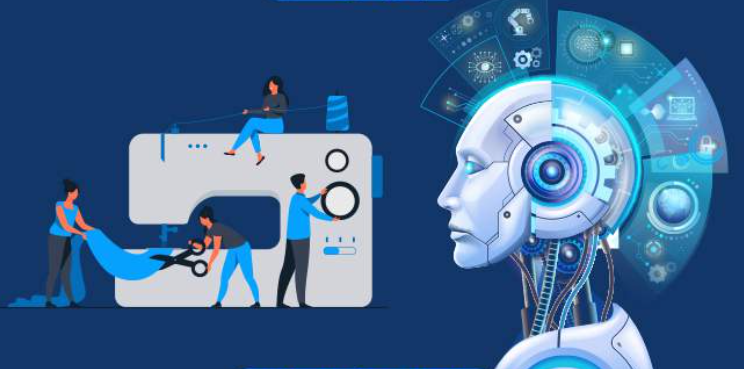
The integration of artificial intelligence (AI) has become a transformative force in various industries. One area where AI is making significant strides is in visual search, revolutionizing the way we explore and interact with visual information. This article explores the evolution of visual search technology and the profound impact AI has had on enhancing its capabilities.
Understanding Visual Search:
Visual search is the process of using images or visual inputs as queries to retrieve relevant information from a database. Traditionally, this involved using keywords or text-based searches to find information, but the rise of AI has brought about a shift towards more intuitive and efficient visual search methods.
Evolution of Visual Search Technology:
The evolution of visual search technology can be traced through several key milestones. Initially, basic image recognition systems were used to identify specific objects or patterns in images. However, these systems lacked the sophistication required for more complex visual search tasks.
The integration of AI, particularly machine learning and deep learning techniques, has played a pivotal role in advancing visual search capabilities. AI algorithms can now analyze and understand the content of images, allowing for more nuanced and context-aware searches.
Key Components of AI-Enhanced Visual Search:
- Image Recognition and Object Detection: AI algorithms excel in image recognition, enabling the identification of objects, patterns, and even subtle details within images. Object detection capabilities help in pinpointing specific items of interest within a larger visual context.
- Semantic Understanding: AI-driven visual search systems go beyond mere image recognition by understanding the semantics associated with the visual content. This involves grasping the relationships between objects, scenes, and their contextual significance.
- Deep Learning Networks: Deep learning networks, such as convolutional neural networks (CNNs), are instrumental in training AI models to recognize intricate patterns and features within images. This facilitates more accurate and efficient visual searches.
- Natural Language Processing (NLP): Integrating NLP with visual search allows users to describe what they are looking for in natural language. This bridges the gap between text-based and visual searches, making the process more intuitive for users.
Applications of AI-Enhanced Visual Search:
- E-Commerce: AI-powered visual search has revolutionized online shopping. Users can now search for products by uploading images or taking pictures, enabling a more seamless and personalized shopping experience.
- Travel and Tourism: Visual search assists travelers in identifying landmarks, tourist attractions, and points of interest by simply capturing images. This enhances the exploration experience and provides relevant information in real-time.
- Healthcare: In the healthcare sector, AI-driven visual search aids in medical image analysis, allowing for more accurate diagnosis and treatment planning. Radiologists can benefit from advanced image recognition to detect anomalies in medical scans.
- Social Media: Social media platforms leverage visual search to enhance user experience. Users can search for and discover content based on images, fostering a more visually-driven social interaction.
Challenges and Future Prospects:
While the integration of AI in visual search has achieved remarkable milestones, challenges such as privacy concerns, ethical considerations, and the need for continuous improvement in accuracy persist. As technology evolves, addressing these challenges becomes imperative for the responsible deployment of AI-enhanced visual search systems.
Looking ahead, the future of visual search holds exciting possibilities. Advances in AI, combined with emerging technologies like augmented reality, are likely to further enhance our ability to interact with the visual world. As AI continues to refine its understanding of images and context, the integration of visual search into our daily lives is set to become even more pervasive, transforming the way we explore and connect with the world around us.






